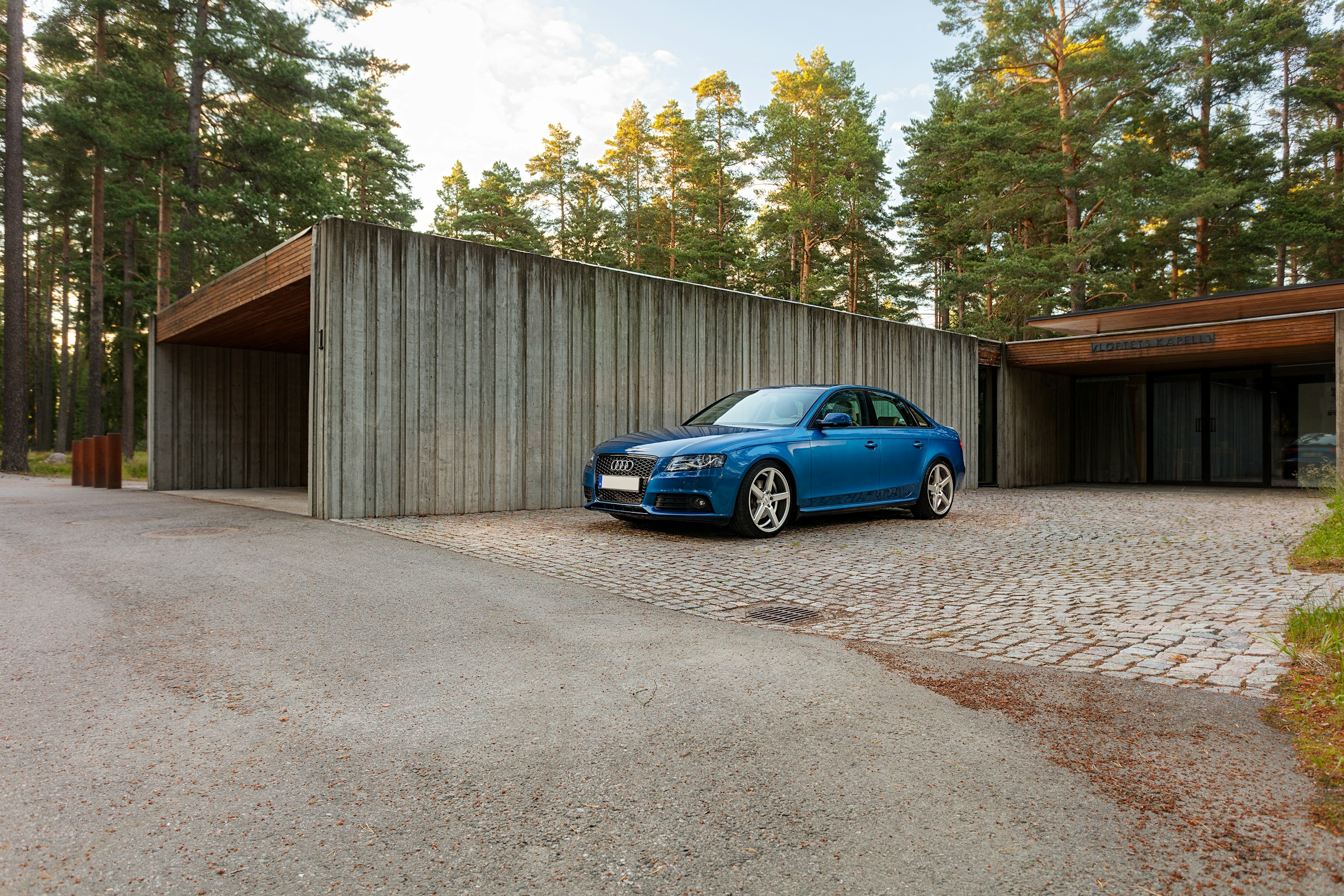Shopping for a used car can feel like a game of guesswork—unless you know how to figure out its true value. If you’re buying from a private seller, trading in, or browsing used car auctions, knowing what a car is actually worth can save you from overpaying or selling short. And with so many resources at your fingertips, there’s no reason to go in blind. Here’s how to get a clear picture of a used car’s value—without needing to be a car expert.

Start with Online Valuation Tools
Your first stop should be a reliable car value estimator. Websites like Kelley Blue Book (KBB), Edmunds, and NADA Guides let you plug in the car’s year, make, model, mileage, condition, and location. In seconds, they give you a ballpark figure of its current market value.
These tools pull data from actual sales, dealership prices, and market trends. They don’t just guess—they give you a researched number. Be sure to compare across a few sites for a more complete view.
Consider the Car’s Condition
Not all used cars are equal, even if they’re the same model and year. The car’s condition plays a big role in its value. Scratches, worn-out tires, faded paint, or interior damage can knock down the price quickly. On the flip side, a car that’s been well-maintained will hold its value better.
Don’t just go by looks. Have a mechanic check the car if you’re serious. Hidden problems like engine wear, leaks, or transmission issues can cost a lot—and they affect what the car is really worth.
Look at Mileage
Mileage is one of the easiest indicators of a car’s value. Lower mileage often means less wear and more years of use left. But it’s not everything. A high-mileage car with a full maintenance history can still be worth more than a low-mileage one with no records.
Generally, cars average about 12,000 to 15,000 miles per year. Use that as a rough guide to see if a car’s mileage is above or below the average for its age.
Check Similar Listings
Go beyond the price tags in used car auctions or dealership lots. Search for similar cars online. Check local listings and classifieds. See what sellers are asking—and what buyers are paying.
This gives you a real-world sense of demand and pricing. Pay attention to factors like trim level, features, mileage, and condition. Two cars that look the same at first glance might have a few thousand dollars of difference based on extras or upgrades.

Factor in Location and Season
Believe it or not, geography can shift a car’s value. A 4WD SUV will likely be worth more in snowy areas than in sunny coastal towns. Convertibles sell better in spring and summer. Demand changes based on where you live and what people are driving there.
Also, prices tend to drop during the end of the year or around tax season. Timing your sale or purchase right can make a big difference.
Review Vehicle History
Always, always ask for a vehicle history report. Sites like Carfax or AutoCheck can show you accidents, service records, ownership history, and even title issues. A clean report adds value. A sketchy one? Not so much.
Sellers who provide these reports upfront usually have nothing to hide. If a seller avoids the question or doesn’t offer one, that’s a red flag.
Final Thoughts
Determining a used car’s value isn’t guesswork—it’s research. Use online tools, compare real listings, inspect the car, and check its history. In the end, knowledge is your best bargaining chip. The more you know, the better chance you have of getting a car that’s truly worth the price.
Article Last Updated: April 9, 2025.
